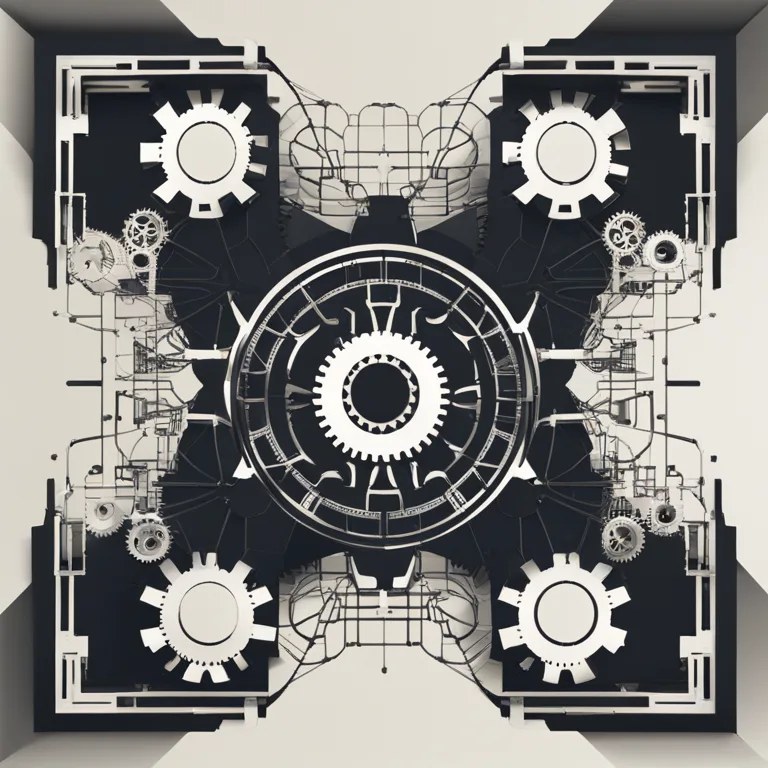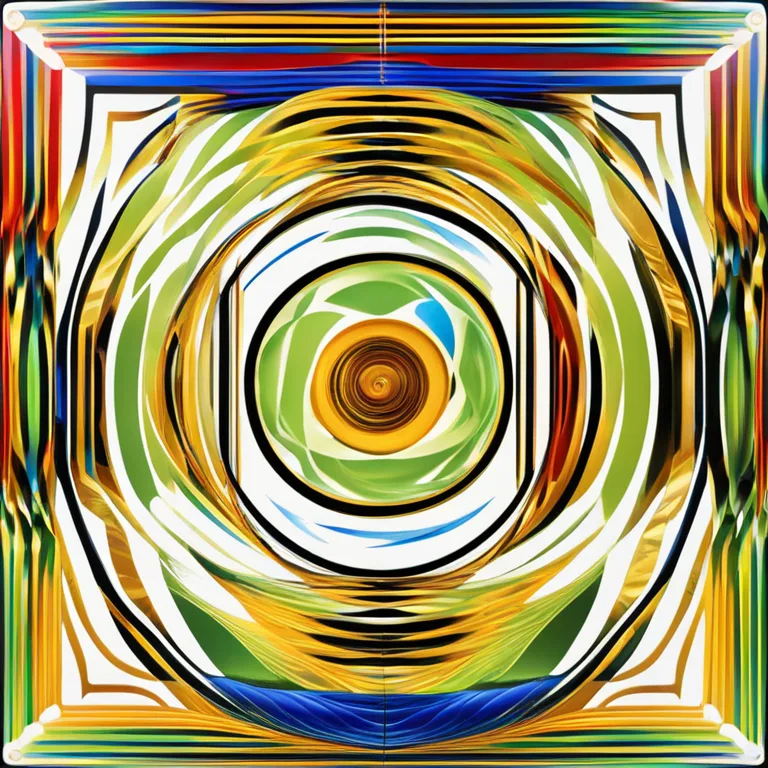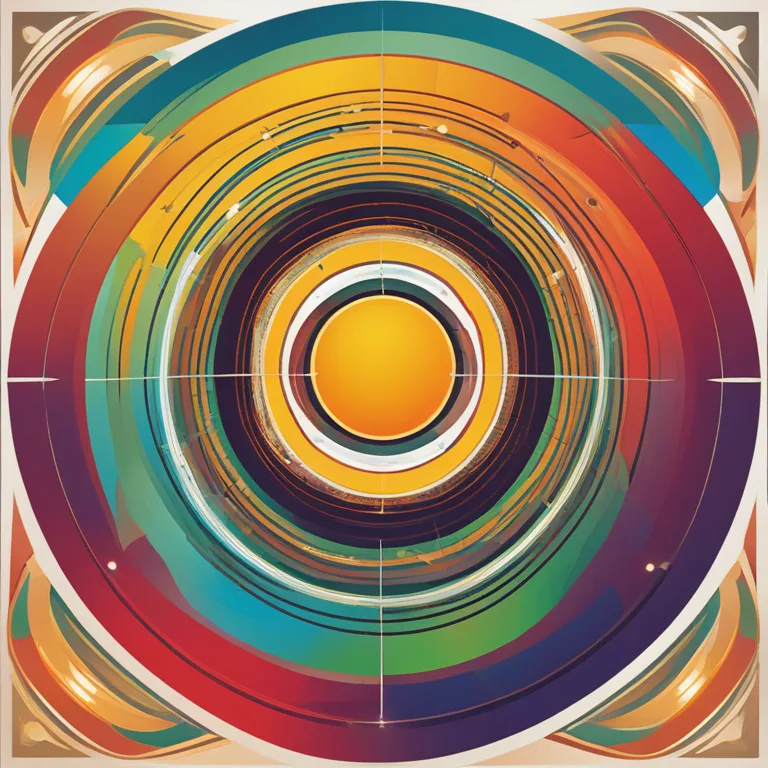
The Rhythms of Life: Exploring Biorhythm Theory
Delve into the synergy of personal cycles - uncover the significance of biorhythm compatibility in relationships.
article by Adrian Wallace
Introduction to Biorhythm Compatibility
Biorhythm theory posits that our lives are influenced by natural mathematical cycles. Every individual is thought to have unique patterns of physical, emotional, and intellectual cycles. Biorhythm compatibility, then, is the concept of aligning these intrinsic cycles with those of another person to gauge the potential for harmony in a relationship. It examines the synchronization of partners’ cycles to predict periods of strength and challenge within a partnership, providing an intriguing lens through which to view interpersonal connections.

Physical Cycle Coordination
Physical biorhythms are typically on a 23-day cycle and are indicative of one's vitality and health. When partners' physical cycles are in sync, it implies a period where shared activities and energy levels may be at their peak. Conversely, a mismatch in cycles could lead to mismatched energy and stamina, affecting shared experiences. Evaluating physical compatibility may offer insight into the best times for collaborative endeavors or joint physical activities.

Emotional Cycle Interplay
The emotional biorhythms operate on a 28-day cycle, influencing mood, feelings, and creativity. Harmonious emotional cycles between partners can result in heightened empathy and understanding, potentially leading to a deeper connection. By paying attention to these cycles, individuals can anticipate periods of emotional resilience or sensitivity, thus aiding in navigating the complexities of emotional exchange and support in relationships.

Intellectual Cycle Synchronization
The intellectual biorhythms, following a 33-day cycle, affect cognitive functions such as analytical thinking and decision-making. When two people's intellectual rhythms are in tune, it may pave the way for productive communication and problem-solving. Awareness of these cycles can be especially beneficial when planning discussions on significant issues or making crucial decisions that require mutual consent.

Assessing Biorhythm Compatibility
To determine biorhythm compatibility between individuals, specialized calculations taking into account the birth dates of the persons involved are required. Various tools and software have been created to provide these analytics, some even equipped with algorithms sophisticated enough to factor in the nuances of leap years and time zone differences. As technology advances, the precision and accessibility of biorhythm calculations continue to improve, offering an even deeper insight into relational dynamics.
Practical Application in Relationships
Adherents of biorhythm compatibility utilize this understanding to plan significant events, collaboratively tackle challenging tasks, or navigate potential relational discord. By anticipating the highs and lows within a cycle, couples can optimize their interactions and even preemptively address potential conflicts or misunderstandings. While not a definitive guide to relationship success, for many, biorhythm compatibility serves as a valuable tool in fostering mutual empathy and strategic planning.
Limitations and Considerations
Despite its intriguing possibilities, it's important to note that biorhythm compatibility is a theory and not a science. Critics argue that there is limited empirical evidence to substantiate the accuracy of biorhythm predictions. As such, one should consider this concept as one of many lenses through which to gauge interpersonal compatibility, rather than a foolproof system. It’s essential for individuals to use their discretion and consider professional guidance along with biorhythmic analysis when navigating relationships.
Published: 12/28/2023
Modified: 12/28/2023
More predictions
Come back here soon to learn more about yourself and your future


Exploring Human Biorhythmic Cycles
Explore the fascinating concept of biorhythms and their influence on physical, emotional, and intellectual faculties in humans.


Biorhythm Compatibility: Fact Or Myth?
Explore the concept of biorhythm compatibility to discover if there's a real connection between our biocycles and relationship harmony.


Unlocking Your Body's Natural Clock
Explore the intriguing world of biorhythms and discover how they influence your physical, emotional, and intellectual states.